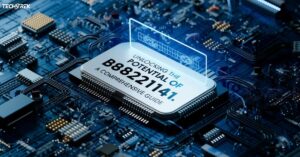Artificial Intelligence (AI) is revolutionizing the way we approach smart contract auditing processes. As blockchain technology continues to evolve, the need for efficient and accurate auditing methods has become increasingly important.
By integrating AI into smart contract auditing, organizations can enhance their security measures, improve efficiency, and reduce the risk of vulnerabilities.
This article explores the best practices for incorporating AI into smart contract auditing processes, providing insights into the benefits, challenges, and practical implementation strategies.
The Role of Integrating AI in Smart Contract Auditing
Understanding Smart Contracts
Smart contracts are self-executing agreements written in code and stored on a blockchain. They automatically execute predefined actions when specific conditions are met, without the need for intermediaries.
The Importance of Auditing for Integrating AI
Auditing smart contracts is crucial to identify vulnerabilities, bugs, and potential security risks before deployment. Traditional auditing methods can be time-consuming and prone to human error.
AI’s Potential in Auditing
AI technologies, such as machine learning and natural language processing, can significantly enhance the auditing process by automating repetitive tasks, identifying patterns, and providing insights that human auditors might miss.
Key Benefits of Integrating AI
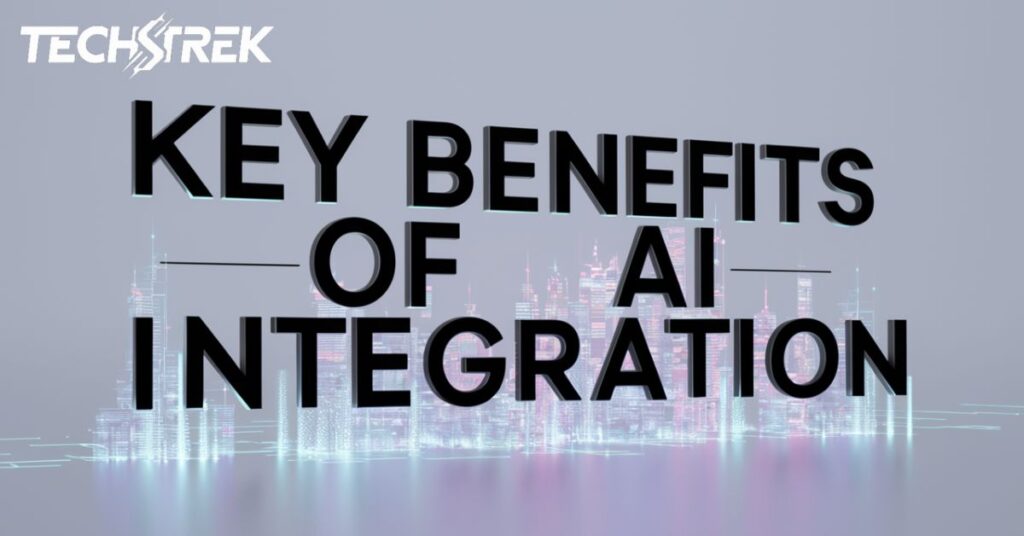
Enhanced Efficiency
AI-powered tools can analyze large volumes of code quickly, reducing the time required for audits and allowing human auditors to focus on more complex issues.
Improved Accuracy
Machine learning algorithms can be trained to recognize common vulnerabilities and patterns, potentially identifying issues that human auditors might overlook.
Continuous Monitoring
AI systems can provide real-time monitoring of smart contracts, alerting auditors to potential issues as they arise, rather than relying solely on periodic manual audits.
Read this Blog: Augmented Reality: A New Frontier in Construction Techniques
Best Practices for Integrating AI
1. Develop a Comprehensive AI Strategy for Integrating AI
Before implementing Integrating AI in smart contract auditing, organizations should develop a clear strategy that outlines their goals, resources, and timeline for integration.
This strategy should consider the specific needs of the organization and the types of smart contracts they typically work with.
It’s important to involve key stakeholders, including auditors, developers, and management, in the strategy development process.
2. Choose the Right AI Tools and Technologies
Select Integrating AI tools and technologies that are specifically designed for smart contract auditing or can be adapted to meet the unique requirements of blockchain-based systems.
Consider factors such as the tool’s accuracy, speed, compatibility with existing systems, and ability to handle different programming languages used in smart contracts.
Evaluate open-source and commercial options to find the best fit for your organization’s needs and budget.
3. Implement a Hybrid Approach
Combine AI-powered tools with human expertise to create a robust auditing process that leverages the strengths of both machine and human intelligence.
Integrating AI is useful for initial scans, pattern recognition, and repetitive tasks, while relying on human auditors for complex analysis, context-based decisions, and final review.
Establish clear workflows that define how AI tools and human auditors will collaborate throughout the auditing process.
4. Ensure Data Quality and Quantity
AI systems require high-quality, diverse datasets to train and improve their performance effectively.
Collect and curate a comprehensive dataset of smart contracts, including both secure and vulnerable examples, to train AI models.
Regularly update and expand the dataset to ensure the AI system stays current with emerging trends and new types of vulnerabilities.
5. Prioritize Explainability and Transparency
Choose Integrating AI tools that provide clear explanations for their findings and recommendations, allowing human auditors to understand and verify the AI’s decision-making process.
Implement mechanisms to track and document the AI system’s actions and outputs throughout the auditing process.
Ensure that the AI’s findings can be easily communicated to clients and stakeholders in a clear and understandable manner.
6. Invest in Training and Education
Provide comprehensive training for auditors and developers on how to effectively use and interpret AI-powered auditing tools.
Encourage ongoing education to keep team members updated on the latest developments in AI and smart contract security.
Foster a culture of continuous learning and improvement within the organization.
7. Establish Ethical Guidelines
Develop clear ethical guidelines for the use of AI in smart contract auditing, addressing issues such as bias, privacy, and responsible AI development.
Ensure that Integrating A systems are designed and used in a way that aligns with the organization’s values and industry best practices.
Regularly review and update these guidelines as AI technology and its applications evolve.
8. Implement Rigorous Testing and Validation
Thoroughly test AI-powered auditing tools before deployment to ensure their accuracy and reliability.
Conduct regular validation checks to compare AI findings with those of human auditors and identify any discrepancies or areas for improvement.
Establish a feedback loop to continuously refine and enhance the AI system based on real-world performance and auditor input.
9. Ensure Scalability and Adaptability
Choose AI solutions that can scale with your organization’s growth and adapt to changing smart contract technologies and languages.
Design your AI integration strategy with flexibility in mind, allowing for easy updates and modifications as needed.
Consider cloud-based solutions that offer scalability and easy integration with existing systems.
Challenges and Considerations
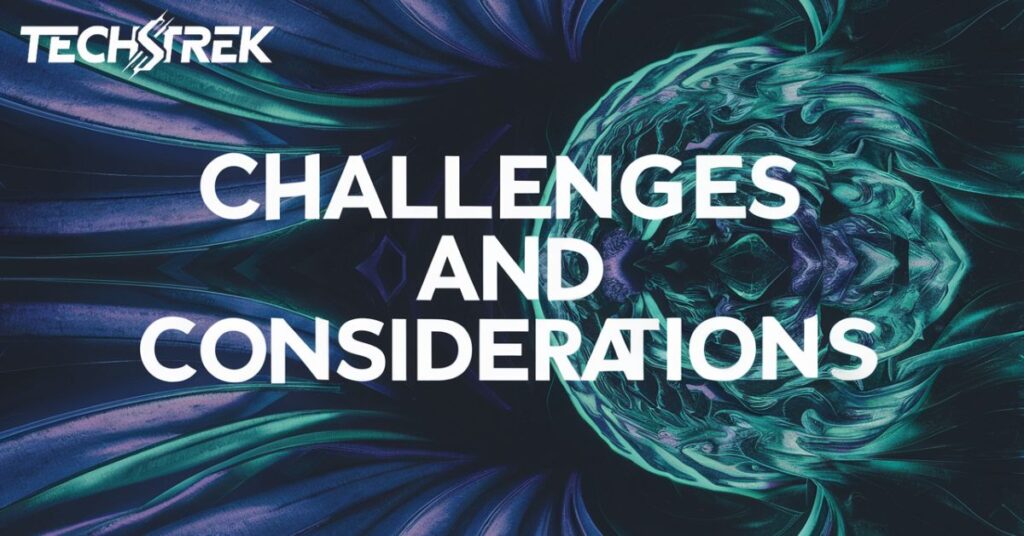
Overcoming Resistance to Change
Some team members may be hesitant to adopt AI-powered tools, fearing job displacement or a loss of control over the auditing process.
Address these concerns through open communication, highlighting how AI will augment rather than replace human expertise.
Demonstrate the benefits of AI integration through pilot programs and success stories.
Handling False Positives and Negatives
AI systems may generate false positives (flagging non-issues as vulnerabilities) or false negatives (missing actual vulnerabilities).
Implement processes to review and verify Integrating AI findings, combining machine learning with human judgment to minimize errors.
Continuously refine Integrating AI models to improve accuracy and reduce false results over time.
Ensuring Compliance and Regulatory Alignment
AI integration must comply with relevant regulations and industry standards for smart contract auditing.
Stay informed about regulatory developments related to AI use in financial and blockchain technologies.
Develop processes to ensure AI-assisted audits meet or exceed compliance requirements.
Case Studies: Successful AI Integration in Smart Contract Auditing
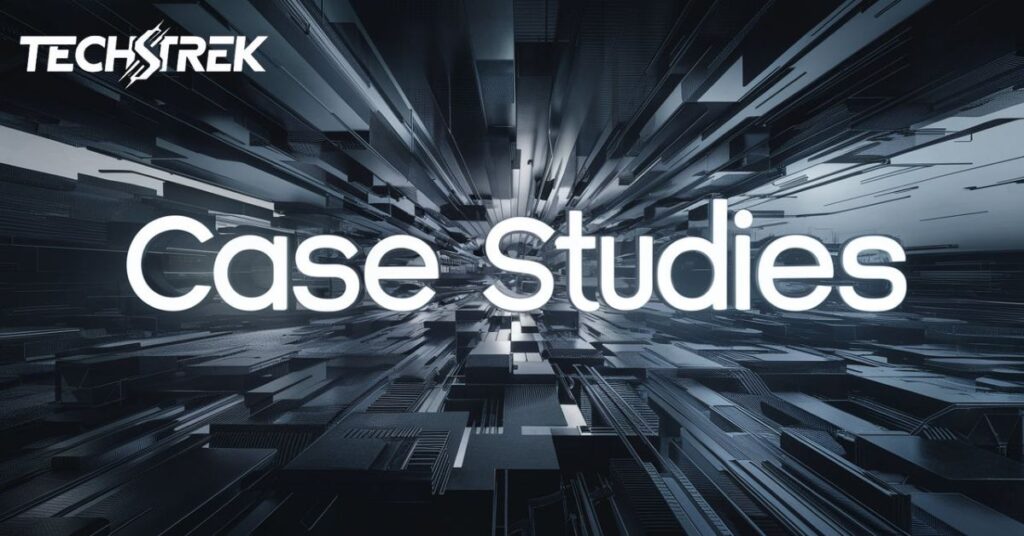
ConsenSys Diligence: Enhancing Audits with Machine Learning
ConsenSys Diligence, a leading blockchain security firm, has successfully integrated machine learning algorithms into their smart contract auditing process.
Their AI-powered tools have significantly reduced the time required for initial vulnerability scans, allowing human auditors to focus on more complex issues.
The company reports a 30% increase in efficiency and a 20% improvement in vulnerability detection rates since implementing AI-assisted auditing.
ChainSecurity: Automated Formal Verification
ChainSecurity has developed an AI-driven formal verification tool that automatically checks smart contracts against a set of predefined security properties.
This tool in integrated AI has enabled the company to offer faster and more comprehensive audits, particularly for complex DeFi protocols.
Clients have reported increased confidence in their smart contracts’ security and a reduction in post-deployment issues.
Quantstamp: AI-Powered Risk Assessment
Quantstamp has integrating AI into their risk assessment process for smart contracts, using machine learning to analyze historical vulnerability data and predict potential security risks.
This approach has allowed Quantstamp to offer more targeted and efficient audits, focusing on areas of highest risk.
The company has seen a 40% reduction in the time required to complete comprehensive audits while maintaining high accuracy levels.
Future Trends in AI-Assisted Smart Contract Auditing
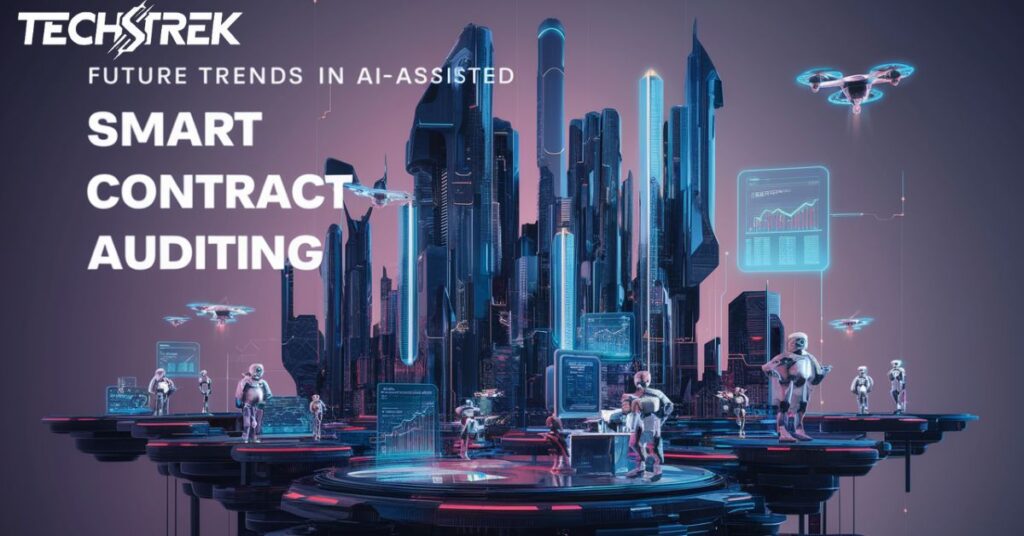
Advanced Natural Language Processing
Future AI systems may be able to understand and analyze smart contract code written in natural language, making auditing more accessible to non-technical stakeholders.
This could lead to improved communication between auditors, developers, and clients, enhancing overall contract security.
Quantum Computing Integration
As quantum computing technology advances, it may be integrated into AI-powered auditing tools to solve complex cryptographic problems and identify vulnerabilities that are currently undetectable.
This could revolutionize the field of smart contract security, providing unprecedented levels of assurance.
Cross-Chain AI Auditing
With the growth of cross-chain applications, AI systems may evolve to audit smart contracts across multiple blockchain platforms simultaneously.
This would enable more comprehensive security assessments for complex, interconnected blockchain ecosystems.
FAQs
How does AI improve the accuracy of smart contract audits?
AI can analyze vast amounts of code quickly, identifying patterns and potential vulnerabilities that human auditors might miss.
Can AI completely replace human auditors in smart contract auditing?
No, AI is best used to augment human expertise, not replace it. A hybrid approach combining AI and human skills is most effective.
What types of vulnerabilities can AI detect in smart contracts?
AI can identify common issues like reentrancy attacks, integer overflow/underflow, and access control problems, among others.
How long does it take to implement AI in smart contract auditing processes?
Implementation time varies but typically ranges from 3-6 months for initial integration, with ongoing optimization and improvement.
Are there any risks associated with using AI in smart contract auditing?
Potential risks include over-reliance on Integrating AI, false positives/negatives, and the need for continuous updating to keep pace with new vulnerabilities.
Conclusion
In conclusion, AI integration in smart contract auditing boosts accuracy and efficiency by detecting overlooked vulnerabilities. Challenges like data privacy, integration complexity, and scalability require solutions such as robust AI models and standardized protocols.
Looking ahead, decentralized AI promises transparent audits and advanced insights for smart contract management. Collaboration among blockchain communities will drive cross-chain auditing capabilities.
Ultimately, AI enhances security and efficiency in blockchain applications, crucial for maintaining trust and advancing decentralized systems.




